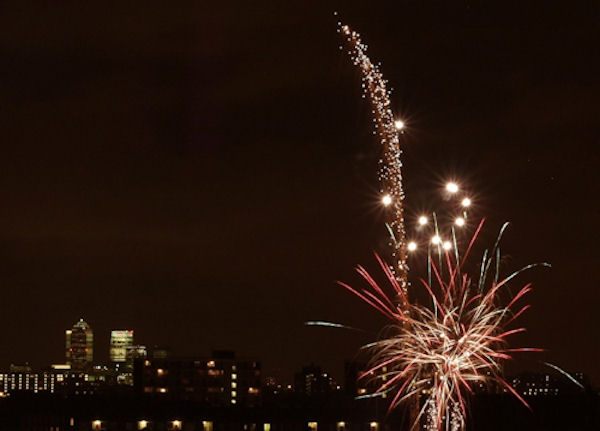As we approach the 5th November, many people in the UK will be considering which firework party to attend. But on the night, they probably won’t be thinking too hard about why they’re standing out in the cold, gripping a baked potato, and “oohing” and “aahing” to the explosive delights. Because the British public have been doing this for a while – 403 years to be exact, since that fateful day when a bunch of disgruntled catholics tried unsuccessfully to vapourise King James I and the English parliament. There you have it: gunpowder, treason and plot.
Thankfully, science as a social construct goes beyond applying the physical consequences of rapid combustion under containment to the government of the day. Centuries before Guido Fawkes got his catholic knickers in a twist, enterprising chemists were delighting expectant crowds at fireworks displays.

A popular 18th and 19th century venue for fireworks was the Vauxhall Gardens pleasure park in London. While the elaborate promenades, bandstands, and the ‘firework temple’ have all disappeared, youngsters can still be found unwittingly (and illegally) maintaining the firework tradition on the patch of public park that remains, as this picture from 2003 shows.

The manufacture of fireworks has always been a risky business. Factories typically comprise many small and separated work units, such that if one goes up in smoke the remainder are isolated from the blast. This aerial photograph well illustrates the layout at the now defunct Standard Fireworks plant.
Fireworks manufacturies do not make for good neighbours, as this 1858 newspaper report of a terrible accident in central London illustrates (interestingly the year before Vauxhall Gardens’ final closure). While regrettable, the event deliciously opportuned some wry social commentary towards the religious establishment and aristocracy of the day.
Also of interest:
Coke and Borg’s Biography of Vauxhall Gardens (Guardian review by PD Smith here)

